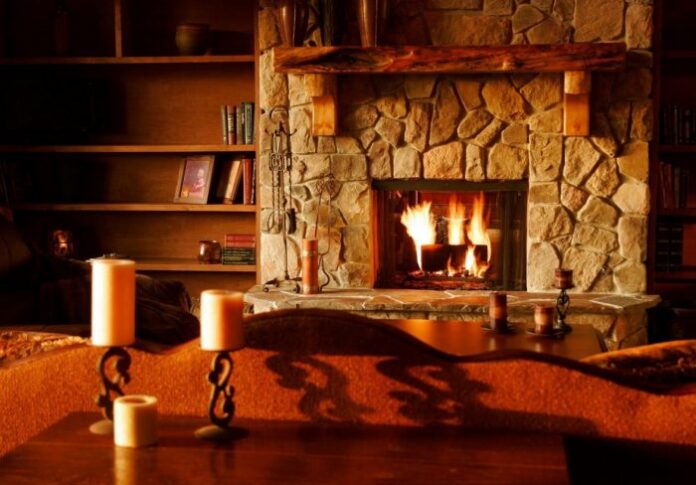The heat during the winter is all we all need. A well-heated home or cottage is a real treat during the winter when outside temperatures are too low and snow is often present. In order to be constantly happy in our home and to be able to fully enjoy it, we need to choose an appropriate heating system for the rooms and the whole house in general. What does that mean? We need to look at all the systems and choose the one that will heat the room or the home the best and fastest. According to the views of the buyers and their experience, it seems that fireplaces or wood heaters are the best solution that provides real warmth throughout the day and all night.
Wood heaters have been warming homes all over the world for centuries and millennia. Their designs and scopes have changed over that time, but wood heaters are still the most conventional heating device in most homes today.
When a wood heater is burning, it gives the impression that you are invited to draw near, get comfortable, and simply while the time away. Even with the sentiment behind using a wood heater, form does not always make up for function. Having an inefficient wood heater can be frustrating and disappointing. Here are some tips on how you can increase the efficiency of your wood heater.
1. Buy the Right Heater
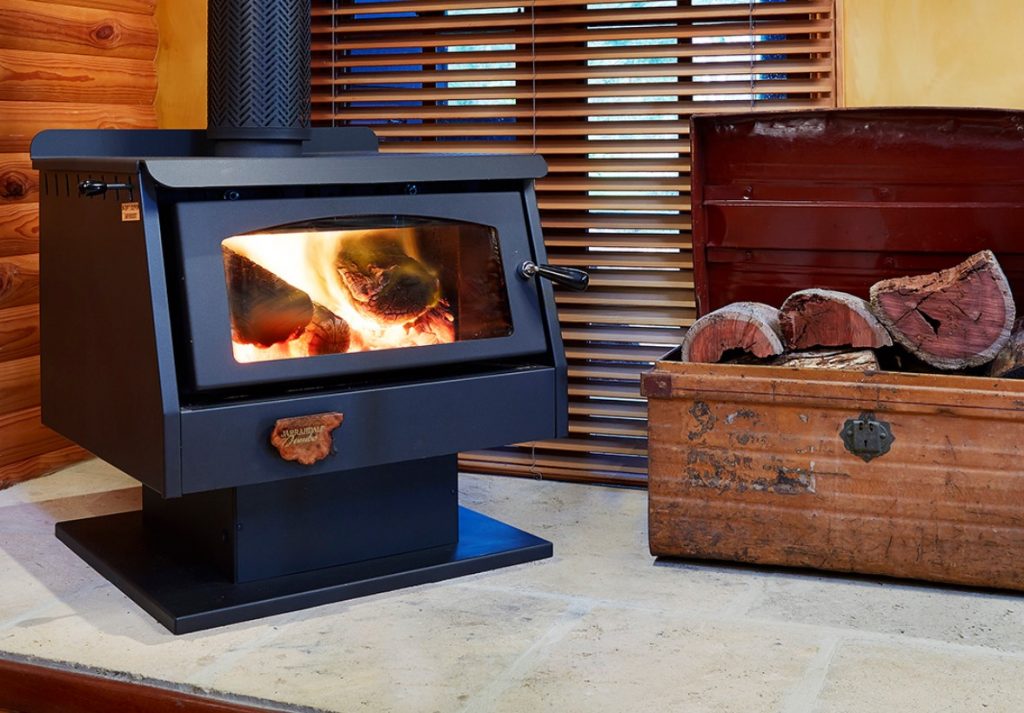
People often make irreparable mistakes when choosing home heating appliances. In order not to make those mistakes and not to waste your money unnecessarily, it is best to start with a good review. In order to get the right device, it is necessary to carefully consider the entire offer that the market has to offer. From that offer it is necessary to distinguish the offer that gives alternatives that work on electricity and others that work on wood. From the wood alternatives, look at all of them and try to meet some criteria and characteristics that are very important.
The right heater can make a big difference in how efficient your heater is. In this case, we are referring specifically to the size. The size of your heater relates to the space it will be heating, thus dictating how efficient its use will be. A heater that is too small will not provide sufficient heat, while one that is too big will burn more fuel than necessary while making the room uncomfortably hot. If you are looking for something attractive and stylish then black fireplaces can enhance any interior design.
2. Ensure Correct Placement
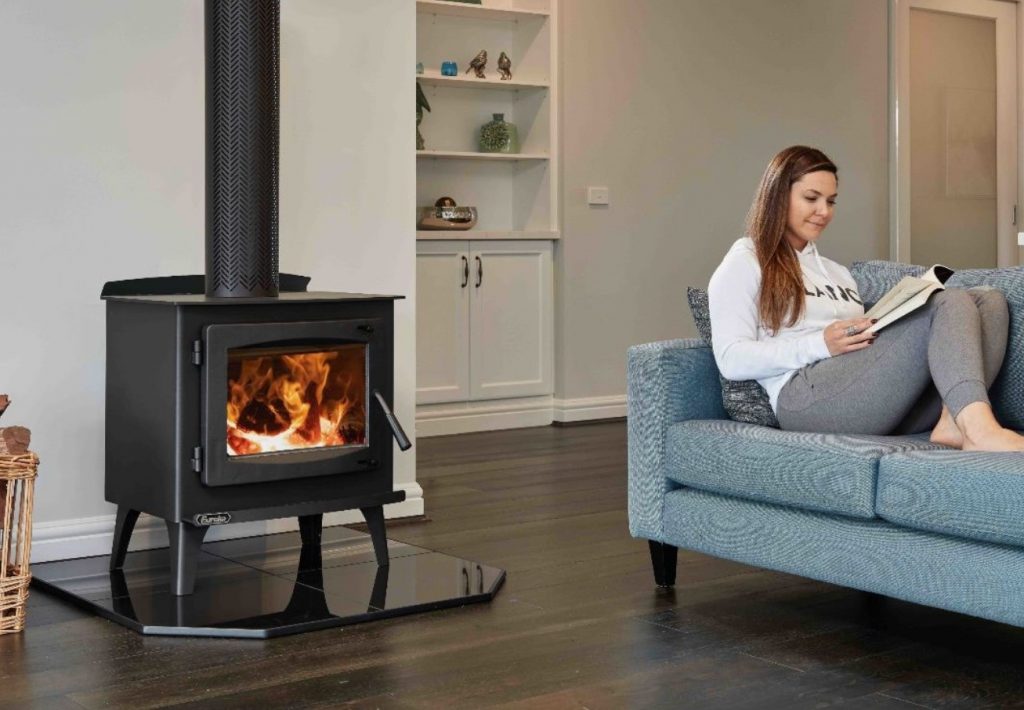
Once you have selected the type of heater you need to choose a specific correct place to place it. You know sometimes it’s very important to get the right warmth in the room or in the whole house. So make a plan, ie look at the home and see from which point your home will be best heated. However, keep in mind that it is necessary for the heat to be generated, which will be created in order for the shared home to be warm, and for that, you need a part of the home from which there will certainly be good airflow and heat dissipation everywhere.
Pacing your heater in just the right spot can be the solution to getting the most out of your heater. Besides maintaining appropriate separation with objects in the room, you should aim to place your heater where the heat generated will have an equal distribution while venting remains adequate. Speak to an expert installer to help you find the ideal spot to achieve this goal.
3. Care for Your Chimney
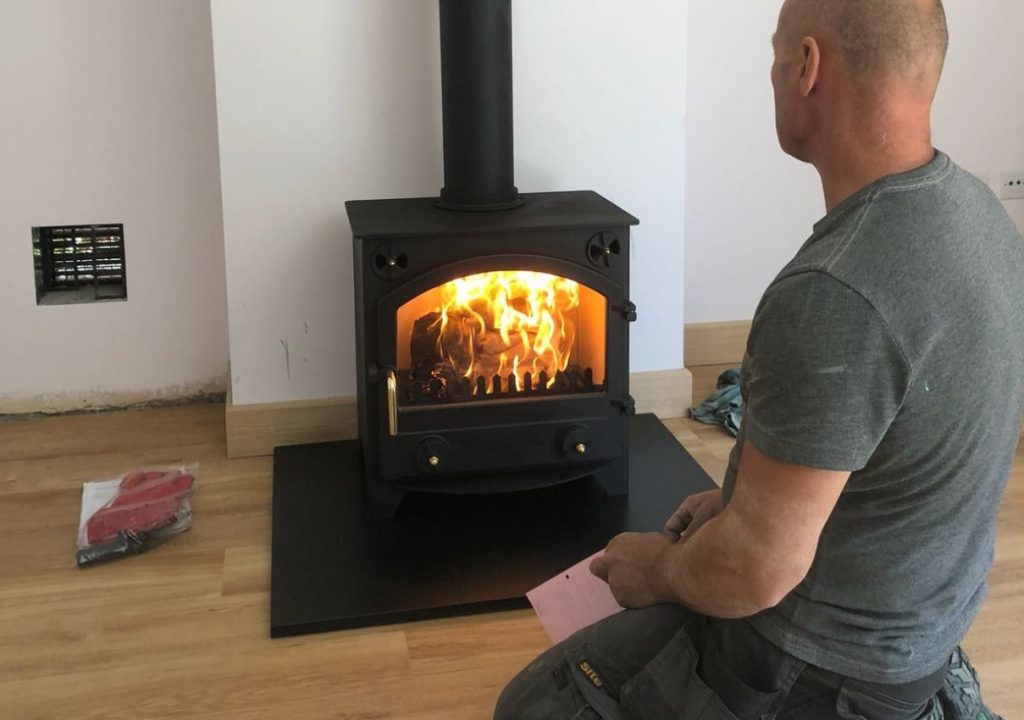
Your chimney can encourage the accumulation of hazardous elements, which may jeopardise your safety. Burning wood produces a waste element known as creosote. This by-product tends to gather in the flue over time. When allowed to build up, the creosote deposits can decrease the efficiency of your heater. These deposits can also be dangerous since creosote can catch fire if heated to high enough temperatures.
To avoid such outcomes, ensure that your chimney is swept regularly and cleared of all debris before use.
4. Use the Correct Fuel
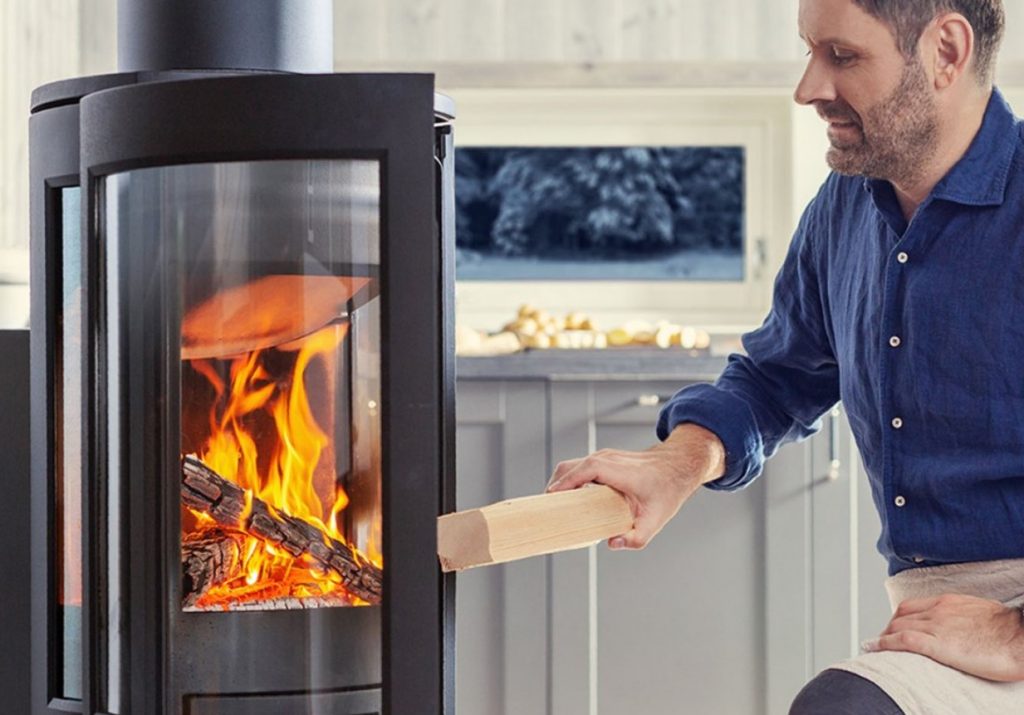
To get good heat you need to choose the wood that will burn well and warm well. You know, not all types of wood are good enough to provide the best heat. Heat can only be obtained from wood that burns easily and is naturally dry. Dry wood easily raises the temperature in the home and then you will only need to maintain that warmth to be comfortable in the home during the winter days. So consult well before you buy wood because we are sure you want warmth, not a cold home.
Wood heater stoves work best when you burn dry hardwood. The condition and type of wood certify that your heater produces the maximum amount of heat possible from its fuel source. Wet wood will force you to use more fuel since it does not burn and is unable to sustain a strong enough burn to give ample heat.
5. Inspect Your Insulation
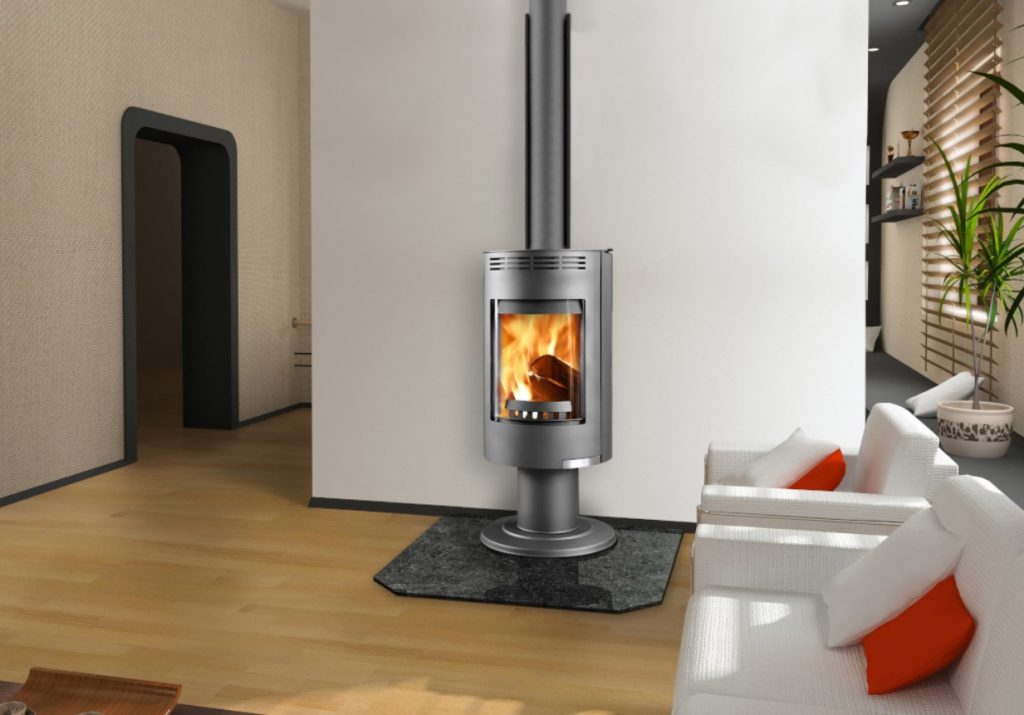
The better the insulation in your house, the more efficient your heater will be. The efficiency is a product of the ability of your home to retain heat generated by the heater. If little heat can escape, your heater will not require as much fuel or time to run before the room, or rooms, are considered sufficiently heated. Check the insulation of your home, make sure windows, doors, and walls are well insulated. If you must operate your heater before you can insulate the entirety of your home, block off the room to be heated from less insulated areas to avoid losing heat.
Increasing the efficiency of your wood heater requires you to make only small but significant changes. The overall benefit is that you will enjoy using your wood heater without worrying about how much energy and money you are losing every time you light it.
Get to the express heat that you can easily control, and also get heat that will not cost you too much, and yet will not pollute the environment. Hurry up and implement this home heating system.

